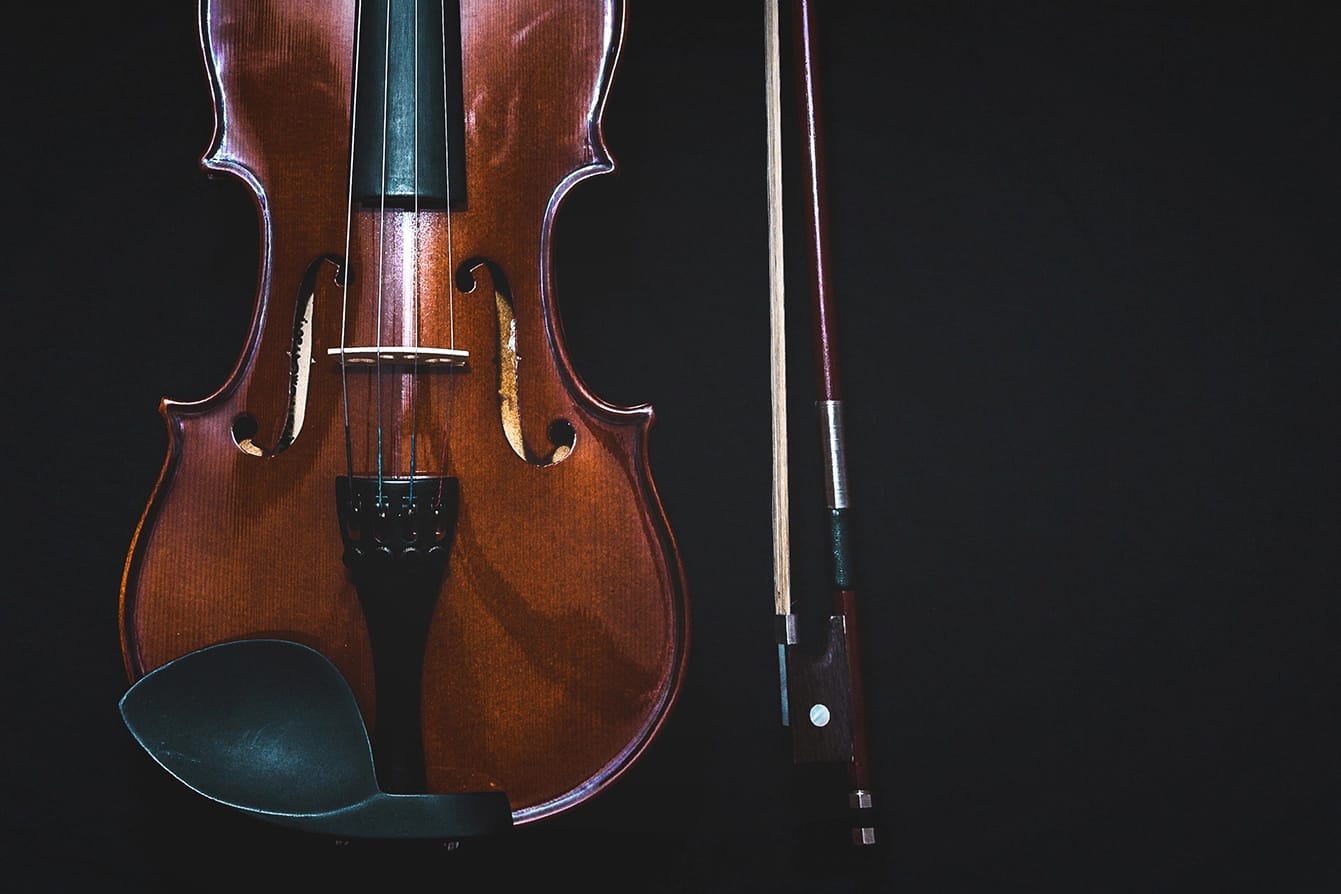
KUSC’s Alan Chapman has a lot to say about music, but can he say it in 60 seconds? That’s the Chapman Challenge. We ask a question and Alan has a minute to answer it.
Today’s question is from George in Santa Monica who wants to know what happens when a violinist breaks a string.
About twenty-five years ago there was a newspaper article about the great Itzhak Perlman, claiming that while playing a concerto in New York he broke a string right after the beginning of the piece. The article says that he signaled the conductor to begin again, that he played the work on just three strings, that you could see him (and I quote) “modulating, changing, recomposing the piece in his head”.
The story seems highly unlikely.
Now if you’re a member of a string section in the orchestra, you can simply replace your broken string since others in the section are playing the same part. And that can be accomplished rather quickly. A Berlin Philharmonic cellist is reported to have replaced a string, wound it around the tuning peg, and tuned it in 29.1 seconds.
That’s today’s Chapman Challenge. Is there a question you’d like to have answered in 60 seconds? Send it to us at [email protected].







